Barges are sometimes better than ships

When we think of transporting agricultural goods to a separate island, we think of ships. But in many cases, barges are far better in our archipelago, says Danilo Fausto, president of the Philippine Chamber of Agriculture and Food, Inc. (PCAFI).
Fausto is a finance expert, a very successful grower of livestock and crops, and has shown exceptional leadership. He led PCAFI so well that it now has 52 different agriculture subsectors. When asked to explain why barges are critical to agriculture, Fausto said the following:
Our terrain
“The fundamental problem of Philippine agriculture is geography. While economists call for trade liberalization and increased competitiveness for our agriculture sector, they seem to fail to consider that we don’t have a level playing field in order to compete effectively.
“Our Asean (Association of Southeast Asian Nations) neighbors and trading partners have contiguous land areas, except Indonesia. The Philippines is a nation separated by 7,641 islands, with 2,000 islands that are inhabited and 5,000 islands more to be named.
“To be competitive, we submit that we need to connect these islands together to reduce costs and solve logistics and supply chain problems, not by the costly roll-on roll-off ship (ro-ro) that can accommodate around 10 to 15 delivery trucks as the supply vehicle between islands.
We should use container barges, which can load up to 100 containers, relieving our ro-ro ships of 200 trucks back and forth per day and long lines of waiting between ports.”
Access to logistics
“The common denominator among agriculture export powerhouses like Thailand and Vietnam is easy access to container logistics that reach all the way to the farms. In the Philippines, this capability is also partly present in Davao and Cagayan de Oro, where the export farms are served well by nearby container ports,” Fausto said.
“We, therefore, recommend the government invest in container barge terminals to facilitate a more seamless flow of commodities, which could lower food prices. The project is ideal for underutilized ports situated among the country’s key food-producing islands
“Out of the 15 major islands, 10 could be identified for having limited access to modern container logistics. These are the islands of Basilan, Bohol, Busuanga, Catanduanes, Leyte, Marinduque, Masbate, Mindoro, Palawan and Samar. They represent almost 20 percent of the Philippine land mass.
“These islands often face challenges in accessing critical inputs such as animal feeds, fertilizers and chemicals, as well as transporting their produce that could serve as raw materials. Also, the modern container logistics are essential not only for production inputs, but also for export markets.”
Pilot
“We can pilot the project in Samar to address the supply bottlenecks caused by the ongoing rehabilitation of the San Juanico bridge, which connects the province to Leyte. Estimated to cost P100 million, the government can opt to overhaul the underutilized San Isidro Ferry Port in Northern Samar for the project. The port will be equipped with a combination of forklifts and reach stackers that could move 20-foot containers to and from landing craft tanks. At a throughput of 100 twenty-foot equivalent units (TEUs) in and 100 TEUs out per day, the container logistics project will take out up to 200 truck movements per day from the congested Matnog and Amandayehan sea crossings.
“San Isidro port is 130 nautical miles away from Cebu and 150 nautical miles from Iloilo, which need additional supplies of food. They also serve as transshipment points for food exports. The project will facilitate easier inbound movement of key items like rice, canned goods and animal feed and fertilizer to Samar. This will allow better outbound movement of raw materials like fresh or dehusked coconut for processing, banana, coffee and ube.
“Apart from easier inbound and outbound of key commodities, this will also benefit nearby ports in Cebu and Iloilo, which serve as transshipment points for exports. In addition, the government can also pilot the container logistics project in Palawan by expanding Brooke’s Point port and Mindoro through Calapan and Abra de Ilog ports, with investments of P250 million and P50 million, respectively. This mode of logistics is like the extensive river barge trade in the US and in Europe, but these are adapted to open water.”
With Fausto’s valuable insights, area feasibility studies should immediately be made. This strategic move may be a true game-changer for our delayed agricultural development.
The author is Agriwatch chair, former secretary of presidential flagship programs and projects, and former undersecretary of the Department of Agriculture and the Department of Trade and Industry. Contact is agriwatch_phil@yahoo.com
The author is Agriwatch chair, former secretary of presidential flagship programs and projects, and former undersecretary of the Department of Agriculture and the Department of Trade and Industry. Contact is agriwatch_phil@yahoo.com.





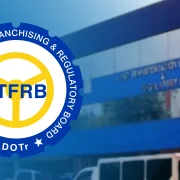



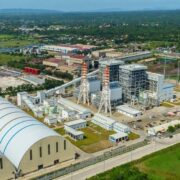

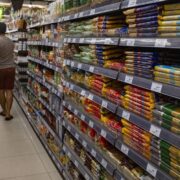
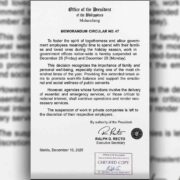

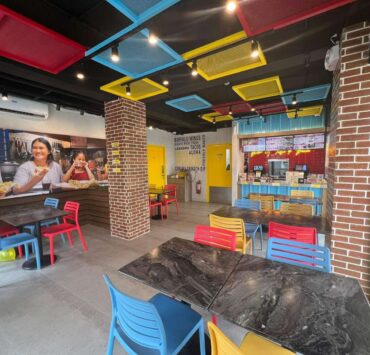
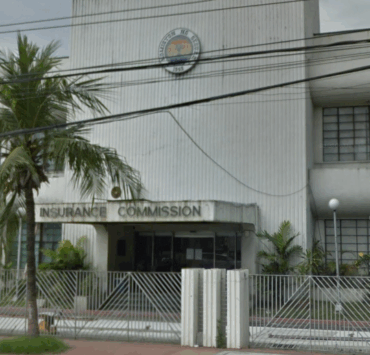

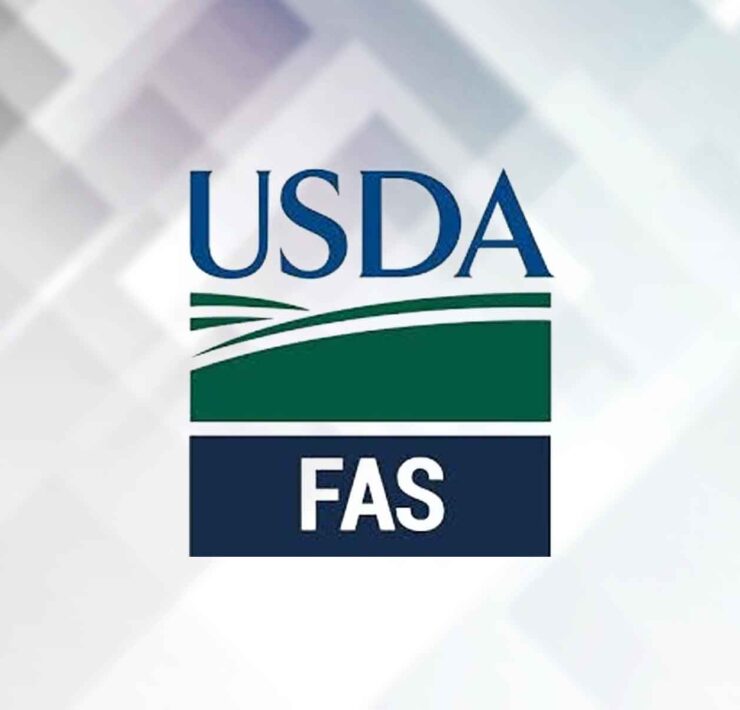



Caught in the middle